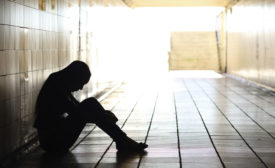Psychology in the Workplace
Actively caring for people’s safety
The crucial difference between “caring” & “acting”
December 4, 2018
Closing Time
Workers help craft the best safety rules
Time to rebuild the “Rule Mill”
December 4, 2018
Editor’s Letter
Who “actively cares” for Congolese miners?
Empathy only goes so far
November 21, 2018
Employee safety discipline ain’t what it used to be
The focus is on “what failed?” not “who failed?”
November 12, 2018
Become a Leader in Safety Culture
Build your knowledge with ISHN, covering key safety, health and industrial hygiene news, products, and trends.
JOIN TODAYCopyright ©2025. All Rights Reserved BNP Media.
Design, CMS, Hosting & Web Development :: ePublishing











